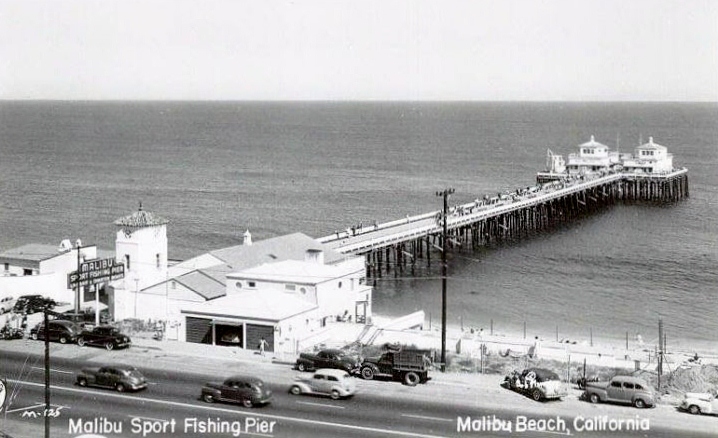Welcome to Malibu, a stunning coastal community in Southern California, where the rugged Santa Monica Mountains meet the serene blue of the Pacific Ocean. Known for its breathtaking beaches and as a haven for the rich and famous, Malibu’s history is as vibrant as its landscape.
Long before celebrity homes dotted the coastline, the region was home to the Chumash Indians, an indigenous people whose presence dates back thousands of years. The Chumash were skilled navigators and fishermen, thriving in this bountiful area thanks to their intimate knowledge of the land and sea.
In 1542, the Spanish explorer Juan Rodríguez Cabrillo became the first European to sail along this coastline, anchoring near what is now Malibu. By the 1800s, Malibu was part of a Spanish land grant known as Rancho Topanga Malibu Sequit, which covered a vast area including the modern city.
The name ‘Malibu’ itself derives from the Chumash word ‘Humaliwo,’ meaning ‘the surf sounds loudly,’ a fitting description for the roaring waves that continue to attract surfers from around the globe.
Malibu’s development into the glamorous enclave it is today began in the early 20th century. The Rindge family, who owned the vast Malibu Ranch, fought to keep the area private, resisting state efforts to build roads through their land. However, by the late 1920s, financial pressures forced the family to open up parts of their property, paving the way for the iconic Pacific Coast Highway.
As the highway brought more visitors, Malibu became a popular retreat for Hollywood’s elite. Over the years, stars like Bob Dylan and Joan Baez have called Malibu home, drawn to its beauty and seclusion. The area’s association with the film industry was further cemented by the construction of Malibu’s famous movie colony, where actors and directors sought refuge from the bustle of Los Angeles.
Malibu is also home to Pepperdine University, established in 1937, which adds an educational dimension to the city’s rich cultural tapestry. The J. Paul Getty Museum, modeled after an ancient Roman villa, offers a glimpse into the world of art and antiquities, drawing visitors from all over.
Despite its glamorous veneer, Malibu has faced its share of challenges, particularly natural disasters, including wildfires and mudslides. These events have tested the resilience of the community, yet Malibu continues to thrive, known for its environmental activism and commitment to preserving its natural beauty.
Today, Malibu stands as a symbol of the California dream, a place where nature, history, and culture intertwine. Whether you’re surfing the waves, hiking the trails of Malibu Creek State Park, or simply enjoying the sunset over the Pacific, Malibu offers a unique glimpse into the past and present of this iconic region.




